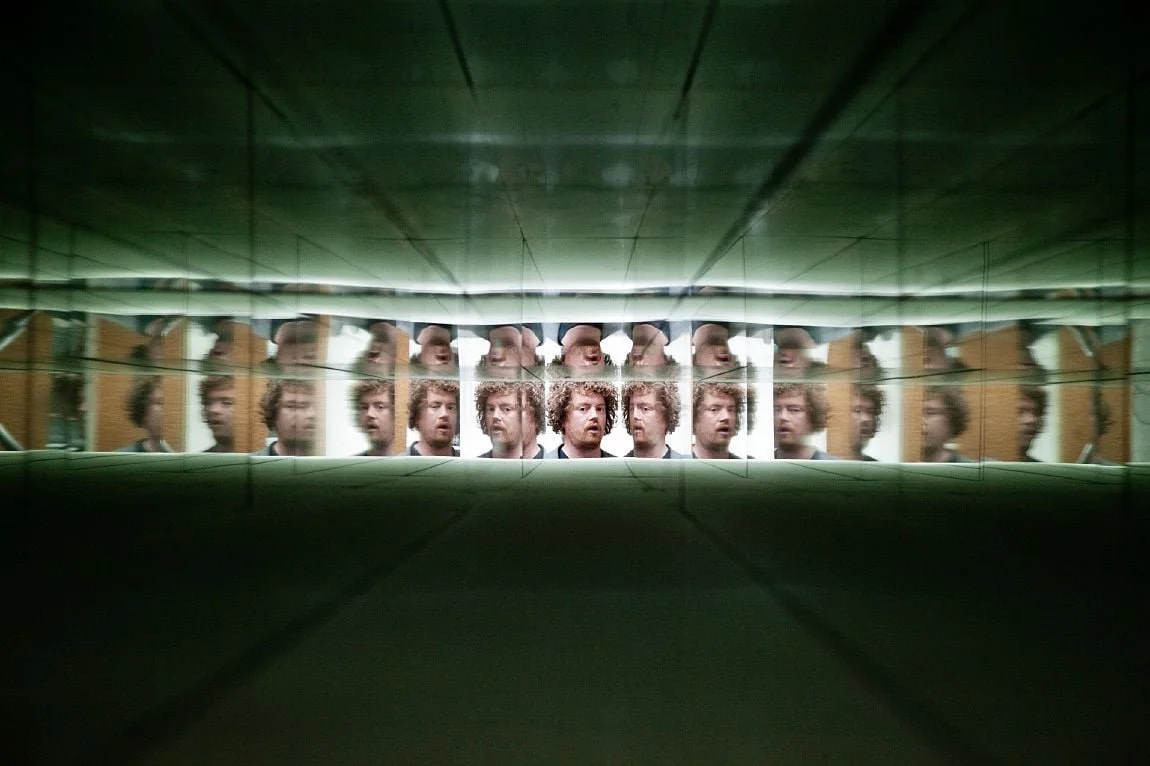
Bright White Underground was a site-specific installation I curated and produced by artists Jonah Freeman and Justin Lowe that transformed the open plan modernist interior of The Buck House, a 1934 R.M. Schindler-designed landmark in Los Angeles, into a labyrinthine sequence of constructed rooms and environments. The project became a phenomenon garnering feature length reviews in: both the Arts & Culture and Architectural sections of the LA Times; a rare review by famed co-chief art critic of The New York Times Roberta Smith (NYT rarely if ever reviews LA based gallery projects) as well as a four page feature story in the mens Fall Fashion issue of their Sunday periodical, T Magazine; reviews in the world’s leading contemporary art publication Artforum, the Wall Street Journal, the Financial Times, Blueprint, Monocle and countless other periodicals and websites. Freeman and Lowe have been working collaboratively since 2007, drawing on fictional and historical narratives to compose expansive, alternate worlds that reimagine culture through subjects such as rogue science, psychedelic drugs, mega-conventions, and hypertrophic urbanism. The central inspiration for the work was the fictional Dr. Arthur Cook, a psychiatrist, psychonaut, and amateur spook whose life was intimately intertwined with major events of Cold War America and the counterculture movements of the 1960s and 70s. The narrative centered around Cook's transformation of the Buck House into a "safehouse" for the Vortice Institute, used to surreptitiously test new drugs on unsuspecting guests, with the interior rebuilt into a disquieting network of cells viewable from secret observation chambers where the fictional drug Marasa was first developed and tested. The installation was extraordinarily thorough, transforming every detail of the house into dereliction, from peeling moldy wallpaper to cracked mirrors to a broken concrete floor, including a manufacturing laboratory filled with cacti and crystals (the secret ingredients in Marasa) and a groovy bedroom with a secret observation chamber for the doctor to record the effects of the drug. Freeman and Lowe took an almost geological approach to the sedimentary layers of narrative and history embedded within the building, recreating aspects of the era as if the house had been abandoned since their departure, including a Korean Marasa Clinic circa 2005, a Barris-Owens Archive of coded languages and fake identities, an ethno-botanical laboratory, and a Marasa initiation chamber within the ersatz decaying edifice. The project represented a compelling intersection of fiction and reality, transforming a masterpiece of American Modernism into an immersive experiential artwork that explored themes of post-war industrial civilization, Cold War paranoia, and psychedelic counterculture.










